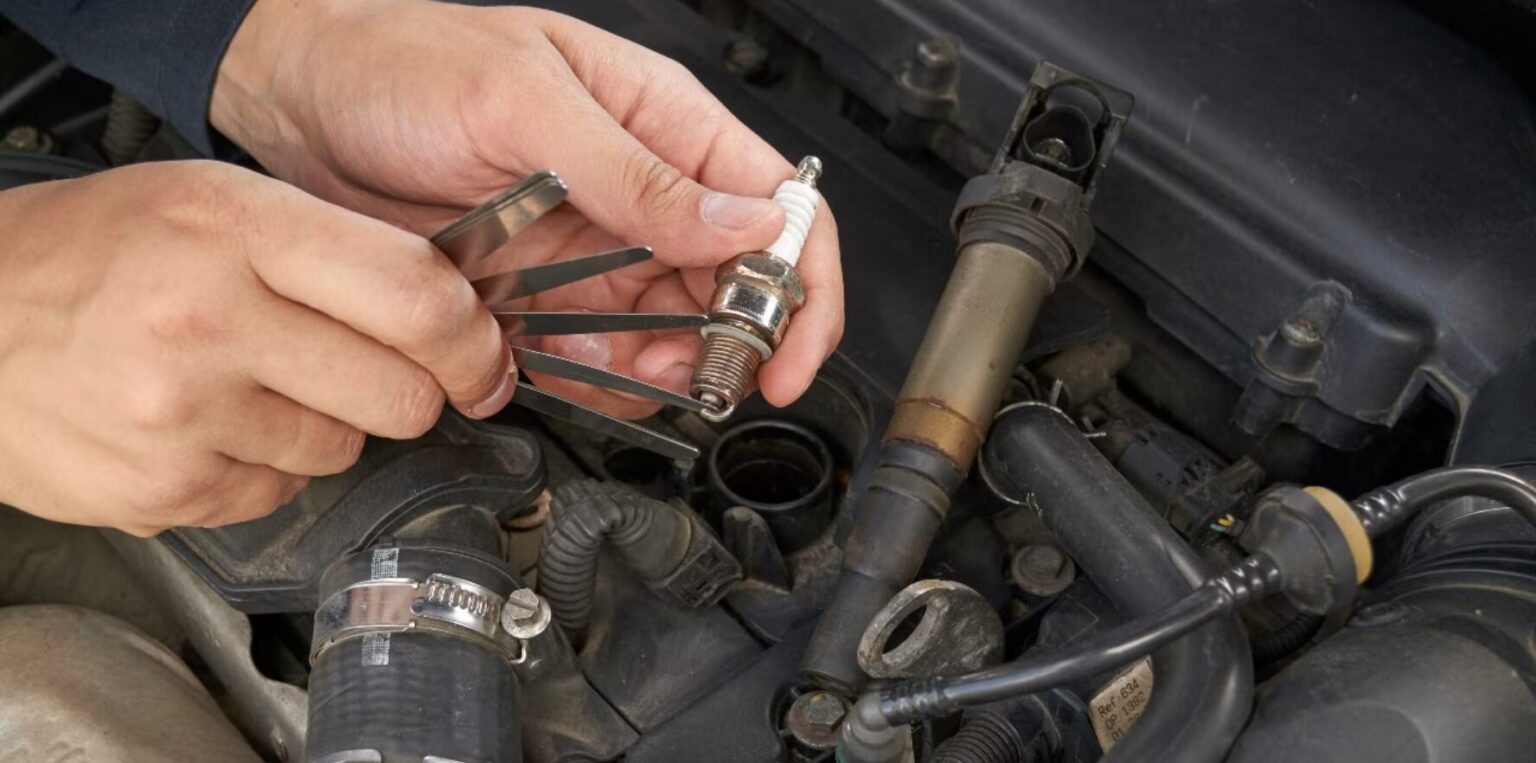If your car is running rough, misfiring, or struggling with acceleration, the issue might lie in something as small—but essential—as the spark plugs and wires. These components play a critical role in your vehicle’s ignition system. In this guide, we’ll break down the cost to replace plugs and wires, when to change them, and how you can do it yourself to save money.
What Are Spark Plugs and Wires?
Spark plugs and ignition wires (or coil packs in some vehicles) work together to ignite the air-fuel mixture in the engine. The spark plugs create the electrical spark, while the wires deliver the electricity from the ignition coil.
When either of these components wears out, your car can experience:
- Hard starts
- Poor fuel economy
- Engine misfires
- Loss of power
Maintaining them is key to keeping your engine running efficiently.
When Should You Replace Spark Plugs and Wires?
Most modern spark plugs, especially those made of platinum or iridium, can last between 80,000 and 100,000 miles. However, spark plug wires may need replacement sooner—typically every 60,000 to 70,000 miles, or sooner if damaged.
Signs You Need a Replacement:
- Engine misfires
- Rough idling
- Reduced acceleration
- Visible wear or corrosion on wires
The Average Cost to Replace Plugs and Wires
1. DIY Replacement Cost
- Estimated Cost: $50–$80 total
- What’s Included:
- Spark plugs ($2–$10 each)
- Spark plug wires ($30–$50)
- Basic tools and lubricants
- Spark plugs ($2–$10 each)
If you’re comfortable working under the hood, doing it yourself can significantly cut the cost to replace plugs and wires.
2. Independent Auto Shop
- Estimated Cost: $120–$180
- Pros: More affordable than dealerships
- Cons: Quality varies—look for certified or well-reviewed mechanics
3. Dealership Service
- Estimated Cost: $175–$250+
- Pros: OEM parts and expert technicians
- Cons: Highest cost option
Tip: Luxury vehicles or high-performance engines may have higher replacement costs due to specialized parts.
Why the Cost Varies
Several factors can influence the total cost to replace plugs and wires, including:
- Vehicle make and model: Some engines have more plugs or harder-to-reach locations.
- Type of plugs used: Iridium or platinum plugs are more expensive but last longer.
- Labor costs: Shops and dealerships charge differently depending on their rates and location.
DIY: How to Replace Plugs and Wires Yourself
Tools You’ll Need:
- New spark plugs and wires
- Spark plug socket and ratchet
- Anti-seize compound
- Dielectric grease
- Torque wrench (optional but recommended)
Steps to Follow:
- Let the engine cool and disconnect the battery.
- Clean the area around the plugs to avoid debris entering the engine.
- Remove one wire at a time to avoid confusion in reconnecting.
- Unscrew old spark plugs using the spark plug socket.
- Inspect and install new plugs, applying a small amount of anti-seize on the threads.
- Install new wires, using dielectric grease inside the boot to ensure a solid connection.
- Reconnect the battery and test the engine.
Replacing the wires and plugs one at a time helps maintain the correct firing order.
Can Replacing Spark Plugs and Wires Improve Performance?
Yes! Fresh plugs and wires can lead to:
- Smoother starts
- Better acceleration
- Improved fuel economy
- Fewer misfires
It’s a relatively small investment for significant benefits in engine performance and fuel efficiency.
Final Thoughts on the Cost to Replace Plugs and Wires
The cost to replace plugs and wires varies depending on your vehicle, parts used, and whether you do it yourself or hire a pro. While dealerships provide expertise and OEM parts, DIY replacement is the most budget-friendly option if you’re confident in your mechanical skills.
By replacing these components on time, you’re not just avoiding engine issues—you’re also boosting your vehicle’s performance and longevity.


